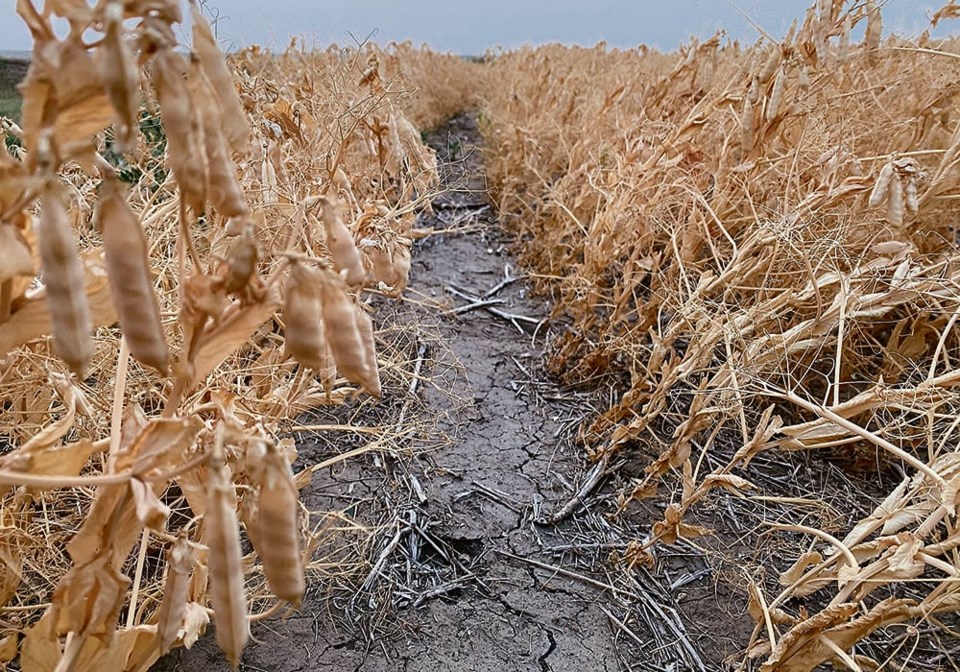WESTERN PRODUCER — General guidelines, such as don’t stare at the sun, are usually helpful in life.
But sometimes humans need more than a guideline to make a good decision.
One example is Aphanomyces root rot.
If a field is infected with the disease, the guideline says growers should wait six to eight years before growing peas or lentils on that field.
However, the recommendation isn’t perfect.
“It is guesswork for when it’s safe to put pea or lentil back into that field,” said Syama Chatterton, a plant pathologist with Agriculture Canada in Lethbridge, who studies diseases of pulses and special crops.
Aphanomyces has become a massive challenge for pea and lentil growers because spores from the disease have infected hundreds or thousands of fields in Western Canada.
“Aphanomyces root rot causes severe damage to the roots, causing infected plants to wilt and die prematurely. In wet years, high yield loss in peas has been observed under … high infections,” says SaskPulse’s website.
Unfortunately, the crop protection industry and researchers haven’t discovered fungicides or genetic resistance to the disease. As a result, the main option is waiting six to eight years for Aphanomyces spore counts to sufficiently drop before growing peas or lentils again.
Because that rule is a guideline and not an exact science, Chatterton has tried to develop an accurate and rapid test so that growers know if it’s safe to seed peas or lentils.
However, a typical DNA test to identify pathogen spores in the soil doesn’t seem to work on Aphanomyces.
“Those pesky zoospores,” Chatterton said. “They have such a thick cell wall that allows them to survive in the soil, they’re also resistant to a lot of the techniques that we can use for testing…. It’s hard to crack open the cell wall to get the DNA out of the cell. That’s what you need to quantify whether you have it (Aphanomyces) there or not.”
Another testing option is taking a soil sample from a field, planting peas into that soil in a greenhouse and growing out the peas to check for disease symptoms.
That process takes about four weeks, which is too long.
So, Chatterton has devised what she’s calling a “hybrid test,” a combination of a greenhouse test and a DNA test.
It still requires a small sample of soil and seeding peas into that soil in a greenhouse and then, after five to seven days, testing the peas for Aphanomyces DNA, “rather than waiting to see if the symptoms develop.”
However, Chatterton needs to know if this test is reliable in a wide range of soil types, and she’s asking growers from across Western Canada to submit soil samples to her lab.
“We’re happy to take (soil samples) from anywhere, whether this is your first-time putting peas in a field … or an experienced pea grower,” she said.
After conducting the hybrid test, Chatterton and her team will follow up to see if a test result matches root rot severity in a particular field.
If the hybrid test is reliable, the pea and lentils sector can advance beyond the guideline of waiting of six to eight years.
“What we’re hoping it means is it gives pea and lentil growers a little more confidence in their planting decisions … and knowing it is going to be safe for them to put a pea or lentil into that intended field,” Chatterton said.
Alberta Pulse and Results Driven Agriculture Research are funding Chatterton’s research into the hybrid test.
Growers who would like to participate can contact Chatterton for details on how to collect and submit soil samples. She can be reached at [email protected].
Contact [email protected]




